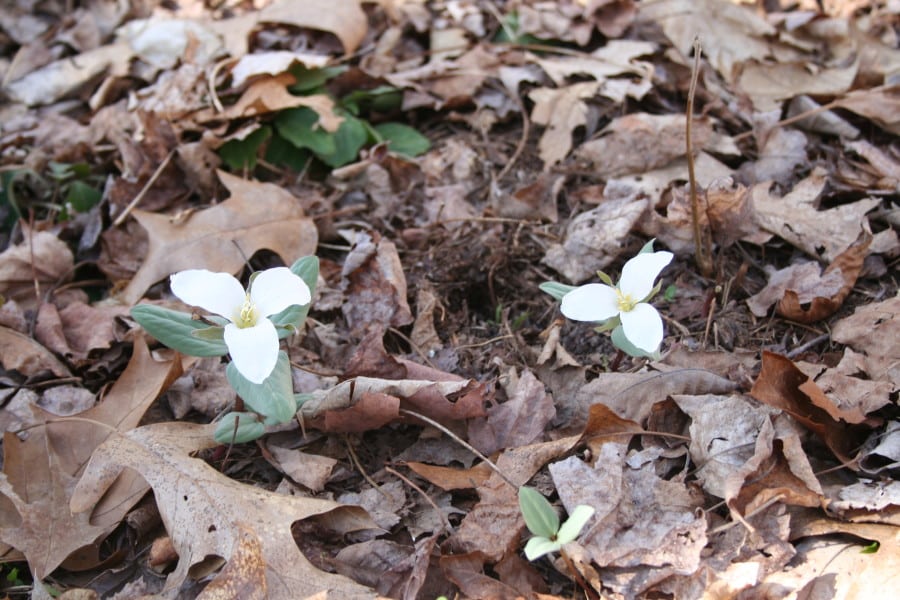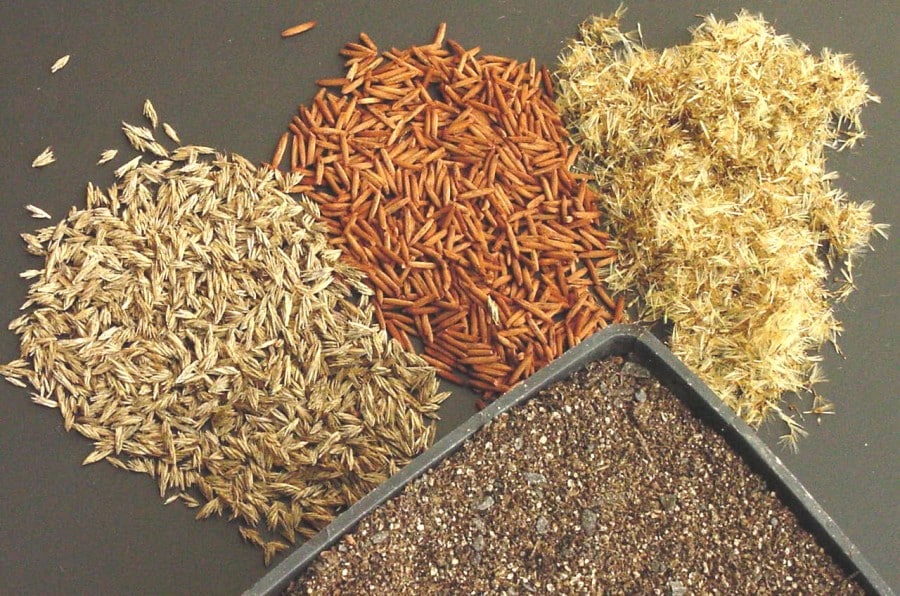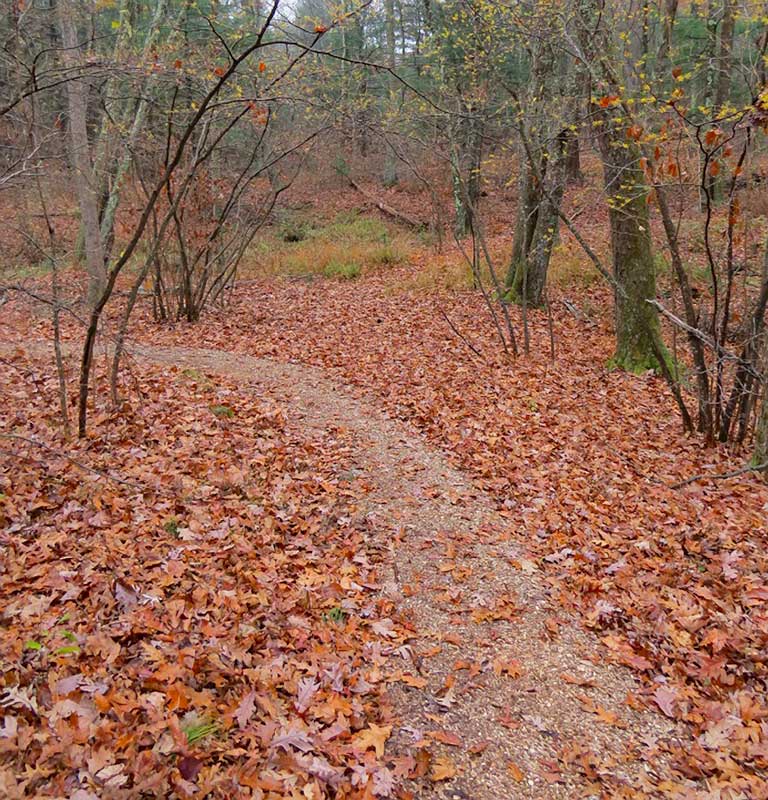Fall is definitely my favorite time of the year. After the sweltering days of summer I like the warm days, cool nights and fewer bugs of fall. I start wearing sweatshirts but usually no longer need them by mid-morning or mid-day. I know, as a gardener, it should be bittersweet as it is the end of the growing season but there are so many varieties of asters and goldenrods that bloom into November that it doesn’t always seem like the end.
One of my favorite things about New England is the colors of the trees. The trees give us a landscape scale garden – all the red, orange, yellow, rust, pumpkin and cranberry colors make the whole landscape come alive with color. So, why do the leaves turn all those colors? The colors of the leaves are controlled by pigments that are there throughout the season. Of course, for trees, the most important pigment is chlorophyll. Chlorophyll is the green pigment and throughout the spring, summer and early fall it is what allows the plants to photosynthesize. Chlorophyll, in the presence of carbon dioxide, water and sunlight, drives photosynthesis which is the process by which plants convert the energy of the sun into food and oxygen. Did you know trees have other pigments? Carotin makes the orange colors, tannin is responsible for the browns, anthocyanin produces a red color and xanthophyll is yellow. These pigments are dominated by the chlorophyll during the growing season and are not obvious until the chlorophyll begins to break down.
Deciduous trees lose their leaves to survive the cold winter months and the shorter day-length is their signal (the opposite occurs in spring, which is why the trees don’t leaf out during January thaw). The warm days and cool nights help the leaves prepare to drop. An abscission layer forms between the leaf petiole (stalk) and the tree branch, cutting off the flow of food and water to and from the leaves. The chlorophyll begins to break down and the other pigments become more visible. Most trees have predominantly one other pigment – birches and aspens turn a bright yellow. Red maples turn a red color and silver maples tend to only turn yellow. Sugar maples seem to be special, having all the bright pigments causing the leaves to turn yellow, orange and red. Oaks have a lot of tannin in them so although they may have other pigments, their colors tend to be more muted, turning the fall colors that we all love – rust, pumpkin and cranberry.
Now is a great time to get out and see our beautiful trees. “Peak Color” is often considered to be when all the maples are in full color, but there are a lot of other trees out there. Leaf peeping will be a great activity over the next few weeks – just take the time to notice some of our beautiful trees as you are out and about. Enjoy the season.



